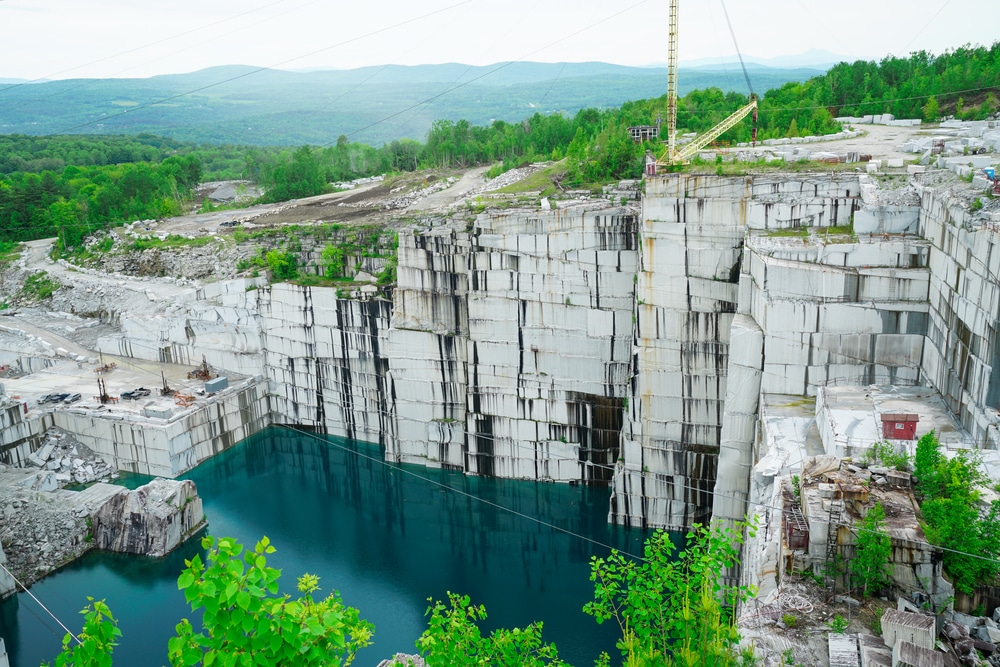Discovering the Elegance of Granite Quarry in South Africa Wonders
Discovering the Elegance of Granite Quarry in South Africa Wonders
Blog Article
Unearthing the Rich Background and Lasting Practices of Granite Quarrying
As we base on the precipice of uncovering the detailed tapestry of granite quarrying, a trip with time exposes not just the physical act of drawing out rock yet also the social and historic value woven right into the very material of this technique. From the old origins that laid the structure for modern quarrying methods to the sustainable techniques that are forming the future of this sector, each chisel mark on granite surfaces informs a tale waiting to be unearthed (granite quarries in south africa). The tradition of granite quarrying extends much beyond simple removal; it is a testimony to human ingenuity, durability, and the enduring allure of this magnificent stone
Ancient Beginnings of Granite Quarrying
Dating back to old people, the practice of quarrying granite has actually been an indispensable part of human background and building development. The earliest evidence of granite quarrying go back to ancient Egypt, where enormous pyramids and detailed sculptures were crafted from this durable stone. The Egyptians used primitive devices to remove granite blocks from quarries, showcasing the importance of this product in their significant buildings.
Progressing in background, the Greeks additionally made considerable payments to the quarrying of granite. The Greeks made use of granite in numerous architectural wonders, such as holy places and sculptures, showing their skill in shaping and sculpting this sturdy stone. The Romans even more fine-tuned the strategies of quarrying granite, using sophisticated devices like knives and hammers to extract and form granite for their iconic structures.
Through the centuries, the technique of quarrying granite has developed, with modern innovations improving effectiveness while preserving the ageless charm of this all-natural rock - granite quarries in south africa. From ancient people to contemporary builders, the tradition of granite quarrying proceeds to shape our world
Evolution of Quarrying Techniques
The evolution of quarrying methods has been noted by a constant development towards higher efficiency and accuracy in removing granite. From the primary techniques utilized by our ancestors to the advanced innovations utilized in modern quarrying operations, the sector has undergone considerable advancements. Early quarrying techniques involved manual work with standard devices such as chisels, hammers, and wedges to remove granite blocks from the earth. As human beings advanced, strategies like fire-setting and primitive explosives were presented to promote the removal procedure.
Improvements in computer-controlled tools and 3D modeling have maximized quarrying procedures, leading to minimal find out environmental impact and improved sustainability practices. As the need for granite continues to rise, the evolution of quarrying techniques remains essential to meeting sector requires efficiently and sustainably.
Cultural Value of Granite
Granite holds a profound social value across different human beings due to its enduring existence in architectural masterpieces and revered monoliths. The company website social value of granite prolongs past its physical attributes; it embodies strength, security, and timelessness, making it a sign of sustaining traditions and practices.

Lasting Practices in Quarrying
Among the abundant history of granite quarrying and its social importance lies an expanding emphasis on lasting techniques within the market. As environmental recognition and issues about source exhaustion have increased internationally, the quarrying market has actually significantly embraced sustainable approaches to reduce its effect on the setting and bordering communities.

Furthermore, improvement and rehabilitation of quarry websites post-extraction are integral to sustainable techniques. By recovering quarried areas to a natural or helpful state, such as producing wild animals environments or recreational rooms, quarriers can counter the ecological impact of their operations and home add positively to the regional community.
Heritage of Granite Quarrying
With a historical background steeped in workmanship and industrial development, what enduring influence has granite quarrying left on the landscape of contemporary society? The tradition of granite quarrying goes beyond mere removal techniques; it has shaped architectural wonders, metropolitan landscapes, and cultural heritage worldwide. The durable nature of granite has actually made it a preferred option for monoliths, structures, and facilities, standing as a testament to the ability and virtuosity of quarry employees across generations.
In addition, the economic footprint of granite quarrying can not be overlooked. The sector proceeds to supply employment possibility and drive local economic climates in regions where granite extraction is common. It has additionally spurred technological innovations in quarrying methods and devices, bring about extra effective and sustainable practices.
In regards to sustainability, the tradition of granite quarrying consists of efforts to alleviate environmental impacts via recovery tasks and responsible source monitoring. By balancing economic passions with environmental stewardship, the industry aims to ensure that future generations can remain to benefit from this long-lasting natural deposit.
Conclusion

Report this page